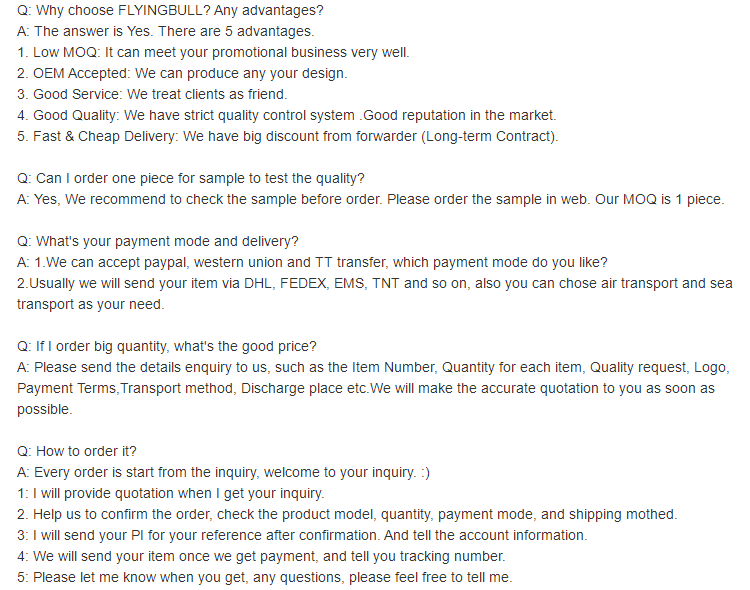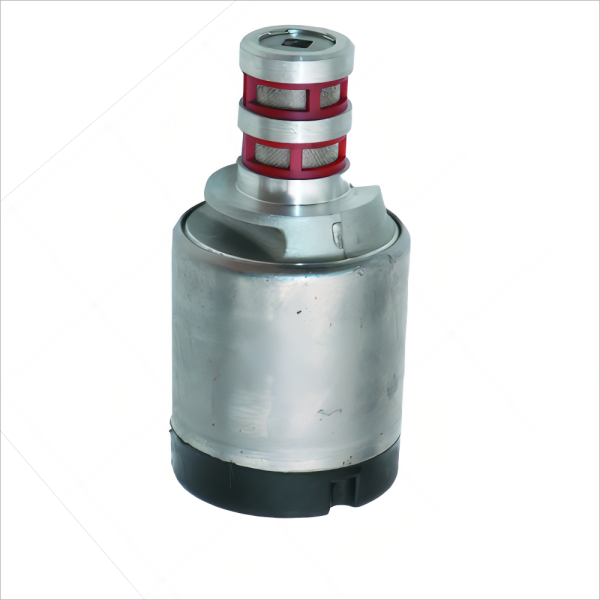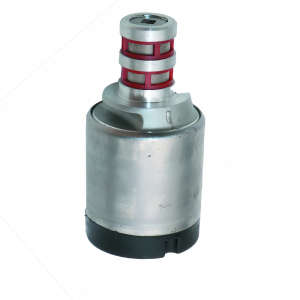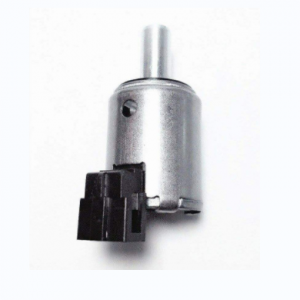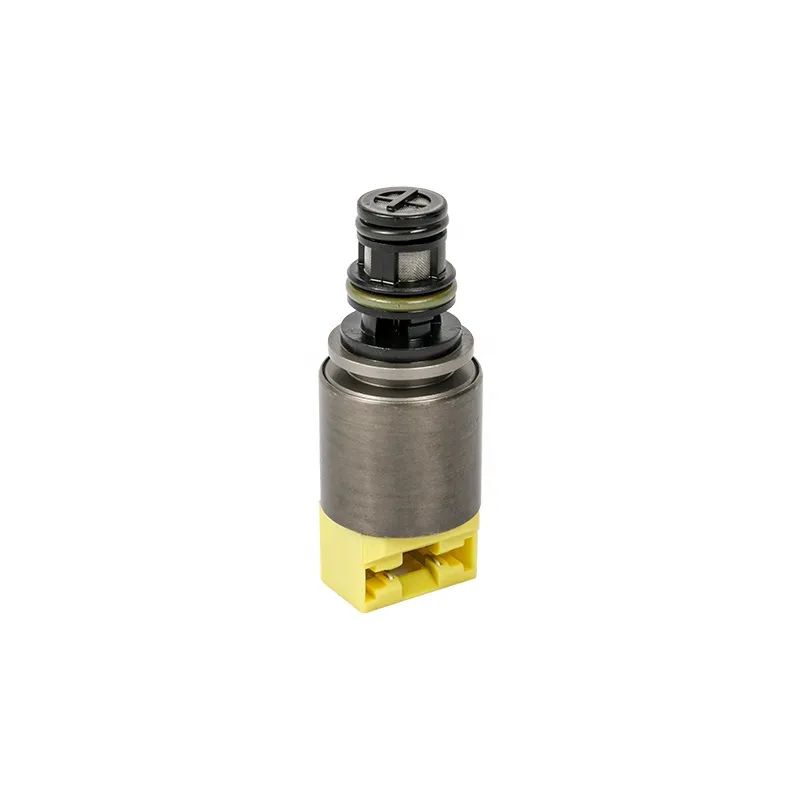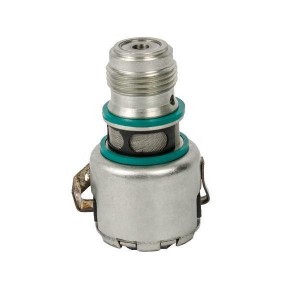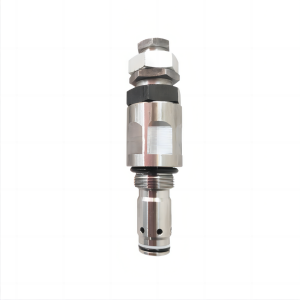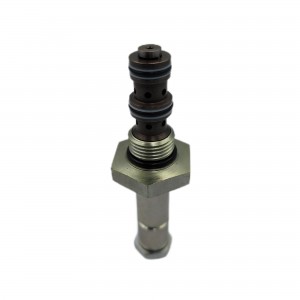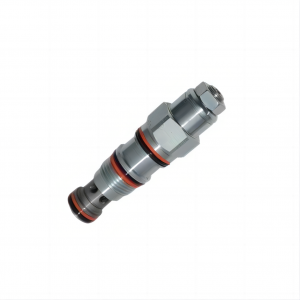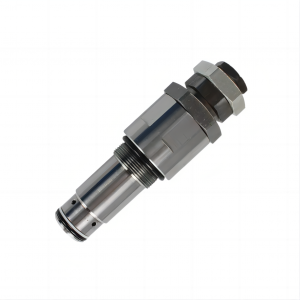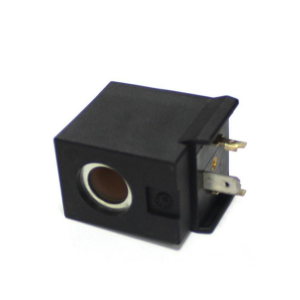Pressure Regulator Solenoid Valve
Details
- DETAILSCondition:New, Brand New
Applicable Industries:Machinery Repair Shops, Construction works , Energy & Mining, Machinery Repair Shops, Construction works , Energy Mining
Marketing Type:solenoid valve
Place of Origin:Zhejiang, China
Points for attention
1.Troubleshooting of fuel pressure regulator
If there are signs of fuel pressure regulator failure, here are some common troubleshooting methods:
Check the fuel pressure: Use a pressure tester to measure the fuel pressure and compare the test results to the manufacturer's specifications. If the pressure deviates from the expected range, it may indicate a problem with the fuel pressure regulator.
Observe fuel flow: Check whether the fuel supply is sufficient, which can be judged by observing the sound and flow of the fuel pump. If the fuel flow is insufficient or abnormal, it may be caused by the failure of the fuel pressure regulator to adjust properly.
Check the pressure regulating valve: Check the pressure regulating valve and its surrounding components carefully to ensure there is no oil leakage, blockage or damage. Cleaning or replacing damaged parts may solve the problem.
Check the pressure sensor: Check whether the pressure sensor is working properly and ensure that it can accurately sense the fuel pressure. It's important to note that sometimes the sensor itself can malfunction, causing false alarms or false readings.
2.Fuel pressure regulator maintenance method
Based on troubleshooting results, here are some common fuel pressure regulator repair methods:
Replace the fuel pressure regulator: If the fuel pressure regulator is confirmed to be faulty after inspection, it is recommended to replace it with a new regulator. Be sure to select a fuel pressure regulator appropriate for the model and specification of your vehicle.
Cleaning and Maintenance: Clean the fuel pressure regulator regularly to remove accumulated dirt and sediment. At the same time, ensure the flexibility of the piston, spring and valve components, and lubricate the parts that need lubrication.
Check other fuel system components: Some fuel pressure problems can be caused by malfunctions in other fuel system components. Therefore, before repairing the fuel pressure regulator, you should also check the working status of the fuel pump, fuel injector, fuel filter and other components.
Through the above troubleshooting and repair methods, the problem of the fuel pressure regulator can be well solved and the normal operation and combustion efficiency of the engine can be ensured.
To sum up, the fuel pressure regulator plays a key role in the automobile fuel system to ensure the stability of fuel supply and the normal operation of the engine. Understanding how it works and how to detect and troubleshoot problems can help keep your fuel system performing well and operating efficiently. Regular inspection and maintenance of the fuel pressure regulator is an important step in ensuring proper operation of your vehicle, while also extending its service life and improving reliability.
Product specification
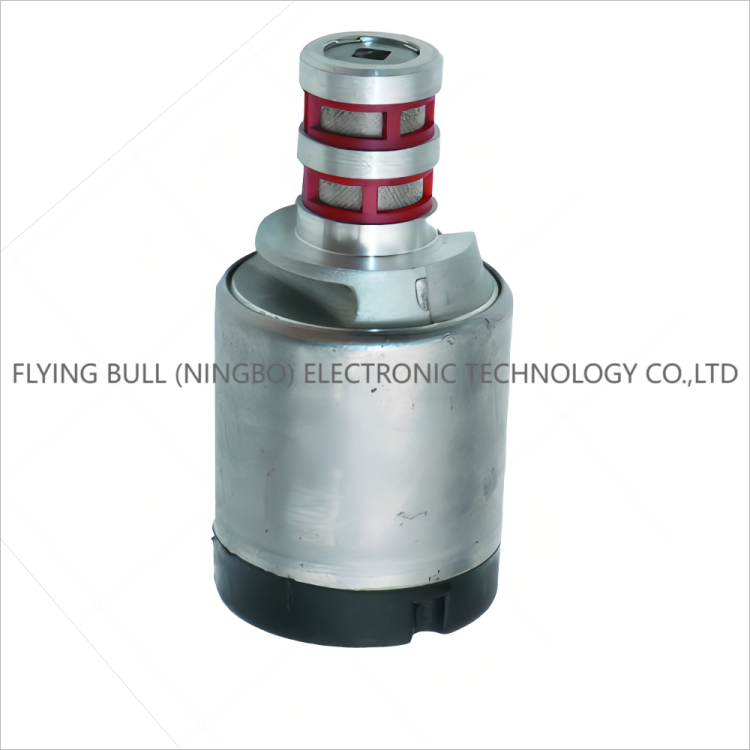
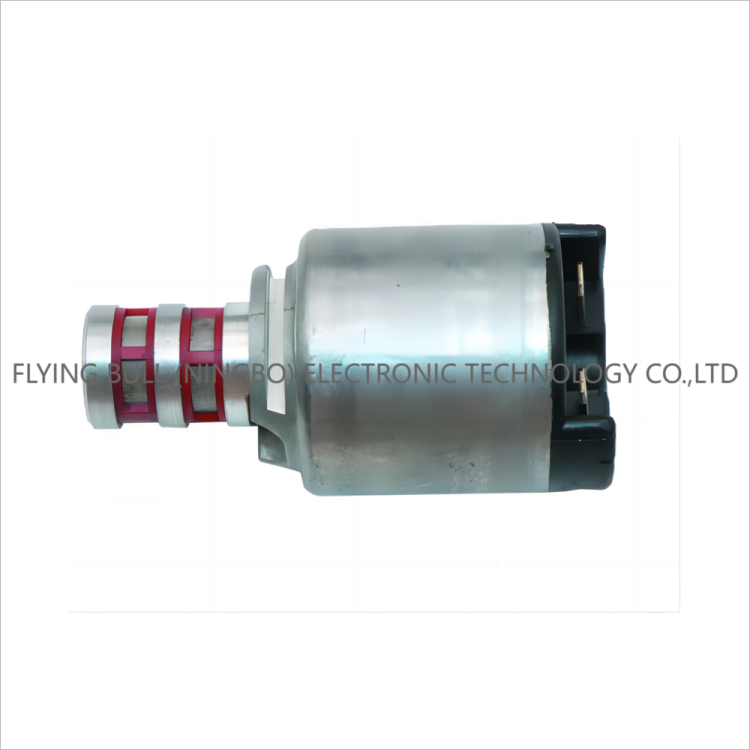
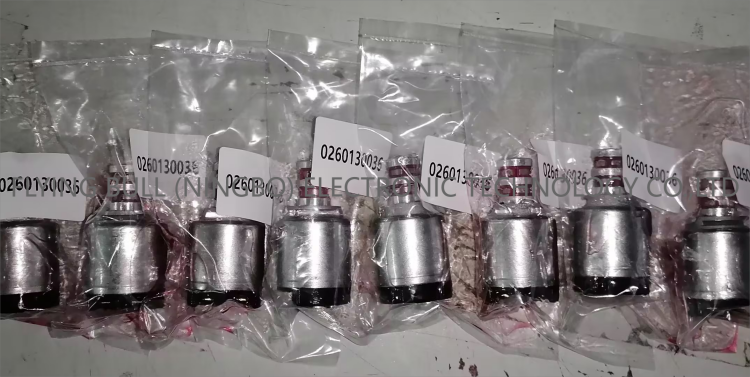
Company details







Company advantage
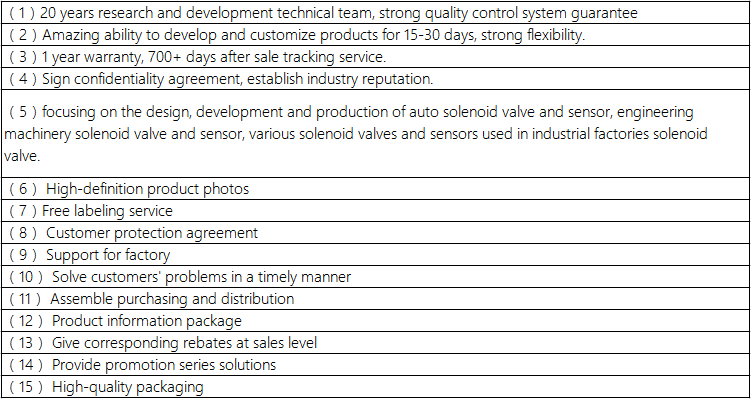
Transportation

FAQ
